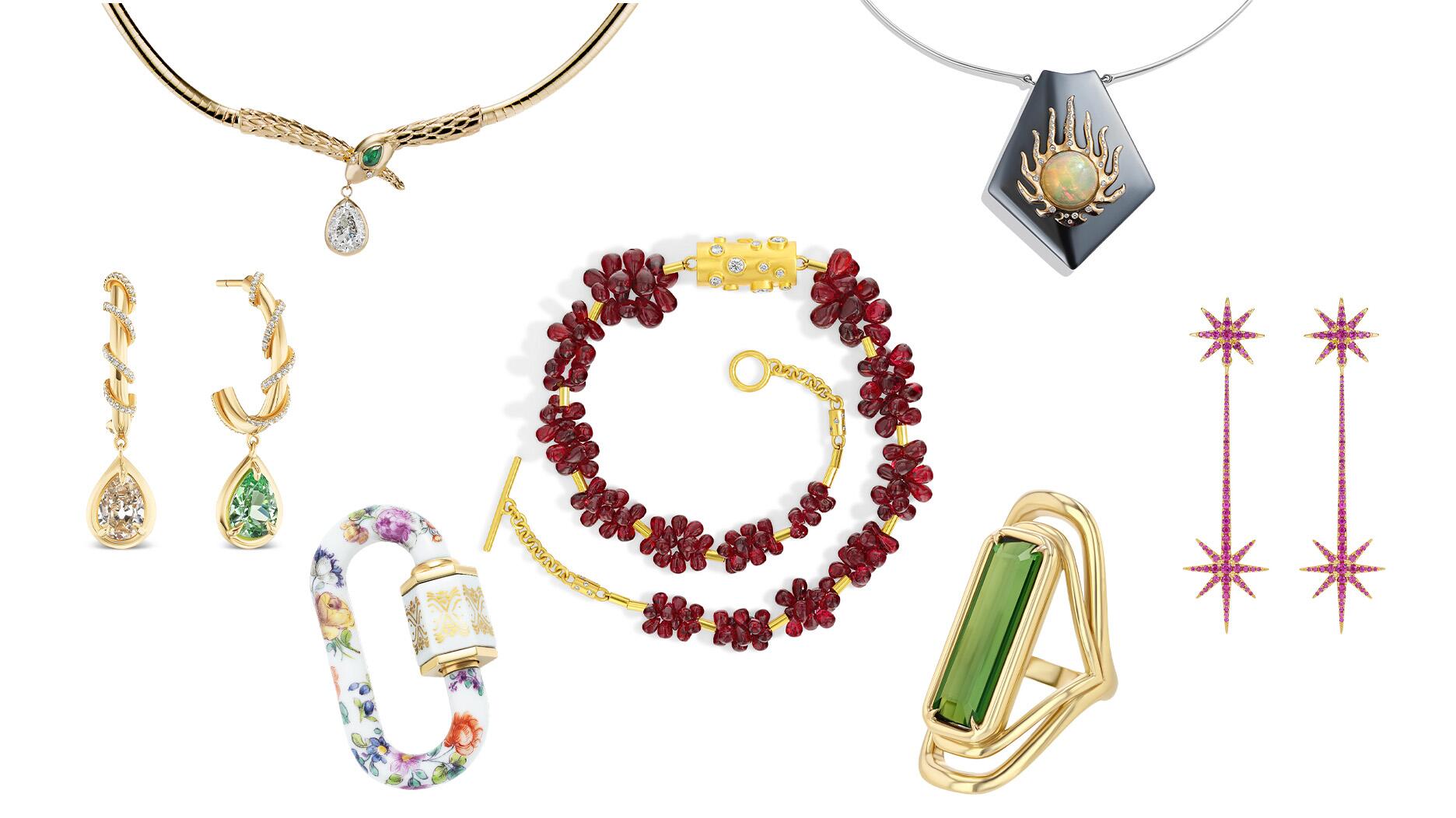The special-edition egg pendant ingested in a New Zealand jewelry store was recovered after a six-day wait.
Getting to know Guinea
I often find myself in a circumstance difficult to describe with a single word. It’s not serendipity, exactly, but it goes something like this: there will be, for example, a country or person that I’ve never really much thought to and about which I know little. Then, all of the sudden, this certain country or person will come up multiple times in the span of a few days.

When I asked A.B. where he was from in Africa he replied “Guinea,” and then proceeded to tell me that people in western African are nicer than those in southern Africa, where I have traveled. (Note: this is his opinion, not mine.)
After chatting with A.B. about Africa for a bit, I put down a deposit on my soon-to-be-shorter jeans and left. And that was that.
Fast-forward to the work week, when I come across an article detailing how the U.S. State Department recently inked an agreement to help one western African nation improve transparency in its mining sector. That nation was Guinea.
Situated on the western bulge of Africa between Guinea-Bissau and Sierra Leone, the country is 248,847 square kilometers (96,080 square miles) in size with a population of about 11.2 million, meaning it is roughly the size of the state of Oregon but has nearly three times the population.
Guinea’s current president, Alpha Condé, was elected in December 2010, in what was touted as the nation’s first free and fair election since winning its independence from France in the late 1950s.
It is also a country that the U.S. State Department is apparently looking toward for future supplies of rough diamonds.


Late last week, the government announced a new partnership with the nation to try to improve transparency in its mining sector, with a focus on getting more Guinean diamonds certified by the Kimberley Process, minimizing smuggling and understanding the country’s overall capacity for producing diamonds.
In writing a story about this new partnership, I searched NationalJeweler.com’s archives for mentions of Guinea.
The country received accolades from the State Department for its “collaborative efforts” back in June 2011 when the Marange issue threatened to tear apart the KP. The U.S. also praised the country’s increased oversight of rough diamond exports in 2009, though prior reports are indicative of problems in the country, including inconsistencies in trade and labor statistics.
I don’t have first-hand knowledge of the current situation in Guinea, but I do know it is
But the U.S. government obviously thinks there is hope there, and the diamond-related headlines currently coming out of Guinea are decidedly less heinous than what we are hearing about other diamond-producing nations in Africa.
In Zimbabwe this week, a government official who recently released a report on missing diamond-mining money died in a mysterious car accident. The government in Angola, meanwhile, is busy defending itself against allegations of sexual abuse perpetrated against migrant female artisanal diamond miners while, at the same time, vying to move into a leadership role as KP vice chair.
Makes mining in Guinea sound good, doesn’t it?
The Latest

The “Love and Desire” campaign is inspired by the magic that follows when one’s heart leads the way, said the brand.

Two awardees will receive free tuition for an educational course at the Swiss lab, with flights and lodging included.

How Jewelers of America’s 20 Under 40 are leading to ensure a brighter future for the jewelry industry.

Berta de Pablos-Barbier will replace Alexander Lacik at the start of January, two months earlier than expected.


Sotheby’s held its first two jewelry sales at the Breuer building last week, and they totaled nearly $44 million.

Winners will receive free registration and lodging for its fourth annual event in Detroit.

Roseco’s 704-page catalog showcases new lab-grown diamonds, findings, tools & more—available in print or interactive digital editions.

Here are six ideas for making more engaging content for Instagram Reels and TikTok, courtesy of Duvall O’Steen and Jen Cullen Williams.

The honorees include a notable jewelry brand, an industry veteran, and an independent retailer.

Carlos Jose Hernandez and Joshua Zuazo were sentenced to life without the possibility of parole in the 2024 murder of Hussein “Sam” Murray.

Yood will serve alongside Eduard Stefanescu, the sustainability manager for C.Hafner, a precious metals refiner in Germany.

The New Orleans jeweler is also hosting pop-up jewelry boutiques in New York City and Dallas.

Set in a Tiffany & Co. necklace, it sold for $4.2 million, the highest price and price per carat paid for a Paraíba tourmaline at auction.

The jeweler’s “Deep Freeze” display showcases its iconic jewelry designs frozen in a vintage icebox.

Take luxury gifting to new heights this holiday season with the jeweler’s showstopping 12-carat sphene ring.

This year's theme is “Unveiling the Depths of the Ocean.”

In its annual report, Pinterest noted an increase in searches for brooches, heirloom jewelry, and ‘80s luxury.

Starting Jan. 1, customers can request the service for opal, peridot, and demantoid garnet.

The 111-year-old retailer celebrated the opening of its new location in Salem, New Hampshire, which is its third store in the state.

The new catalog features its most popular chains as well as new styles.

The filmmaker’s personal F.P. Journe “FFC” prototype was the star of Phillips’ recent record-setting watch auction in New York.

The new location in the Design District pays homage to Miami’s Art Deco heritage and its connection to the ocean.

Inflations, tariffs, and politics—including the government shutdown—were among consumers’ top concerns last month.

“Longtime favorite” presenters, as well as first-time speakers, will lead talks and workshops at the annual event in Tucson next year.

Silas Smith of Meridian Metalworks won the challenge with his pendant that blends Australian and American landscapes.

The sale of the 31.68-carat, sunset-hued stone was part of Sotheby’s first series of events and auctions in Abu Dhabi.


























